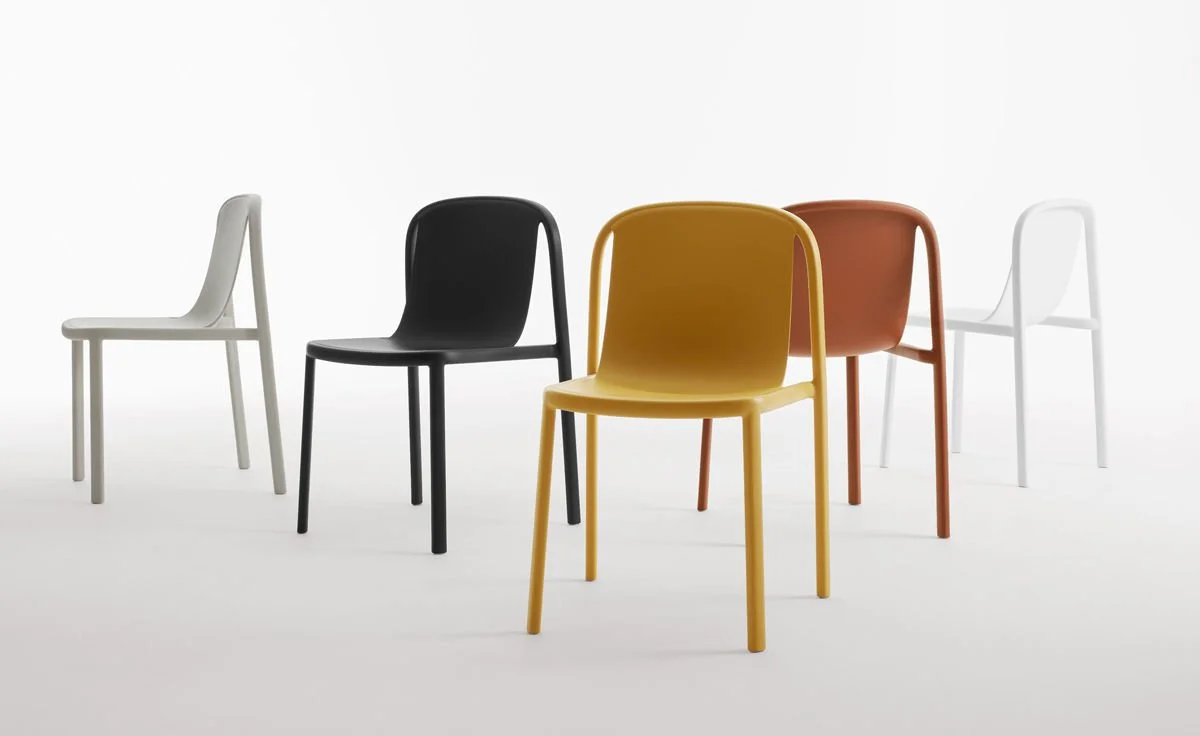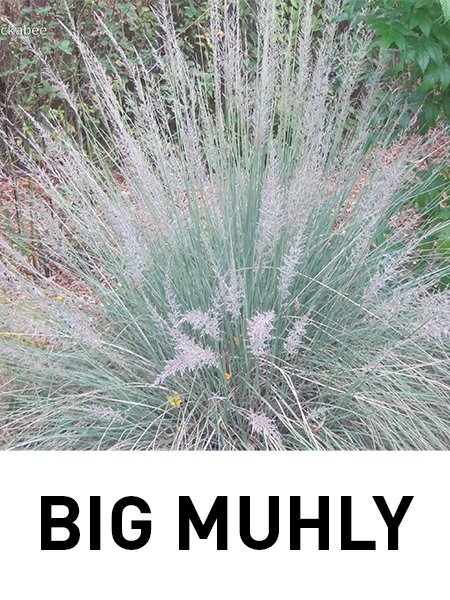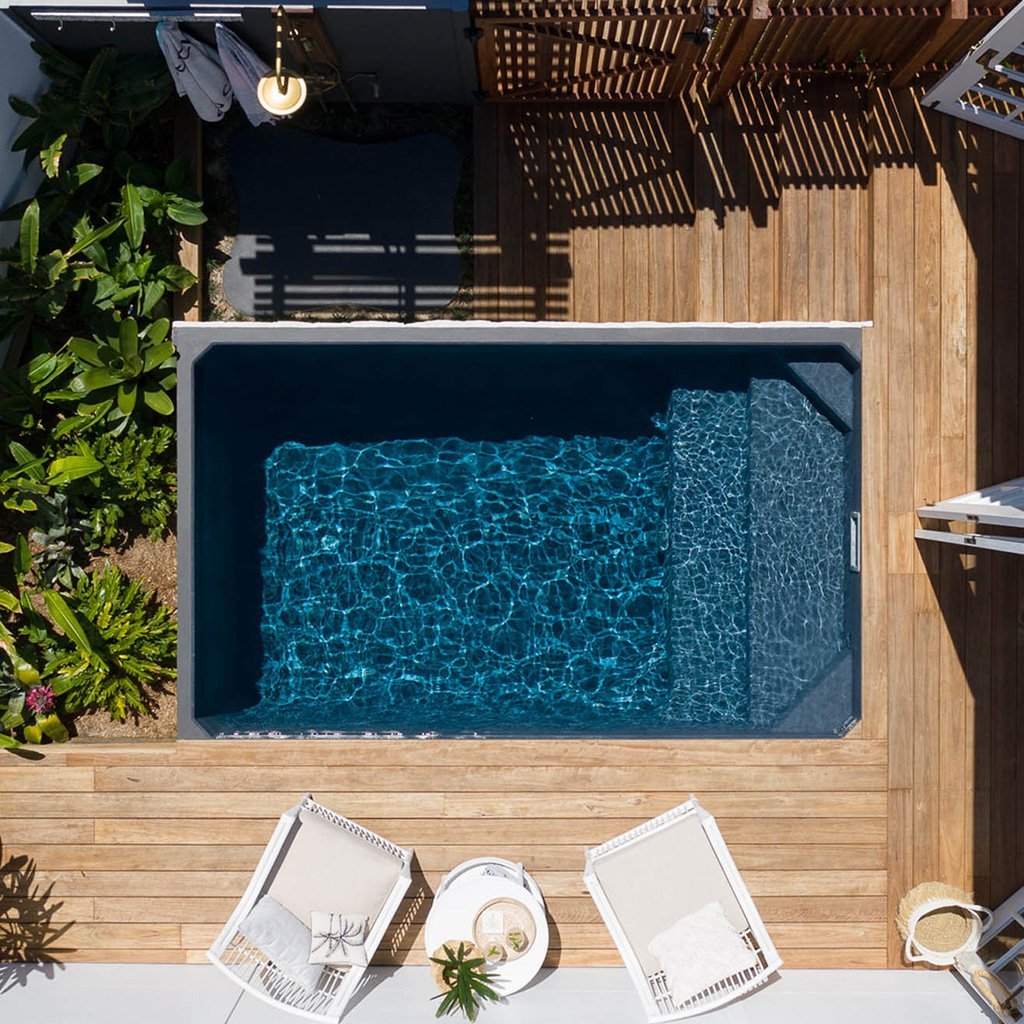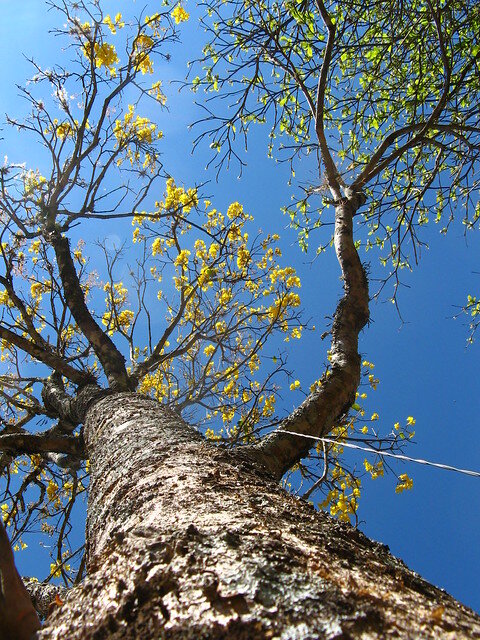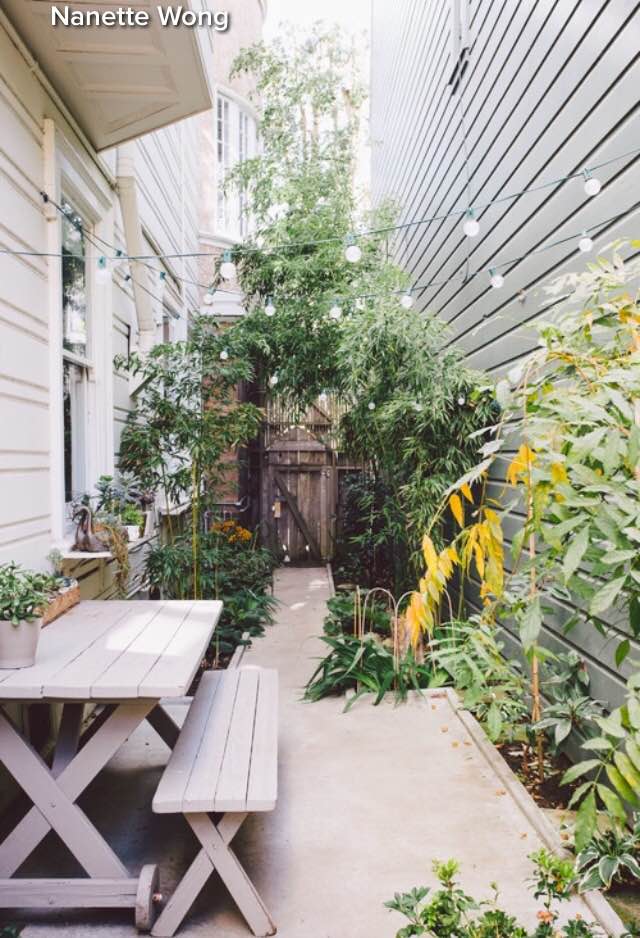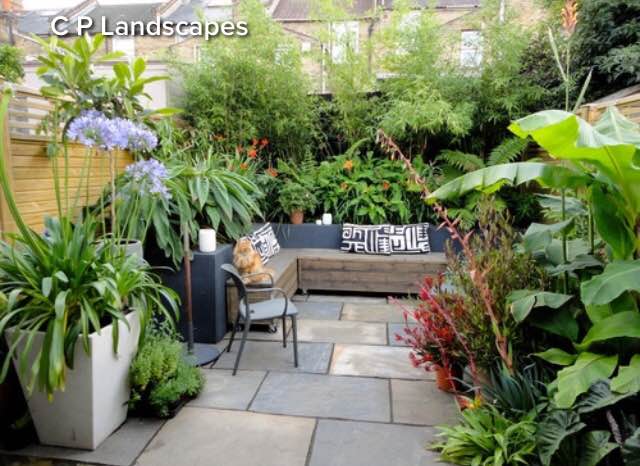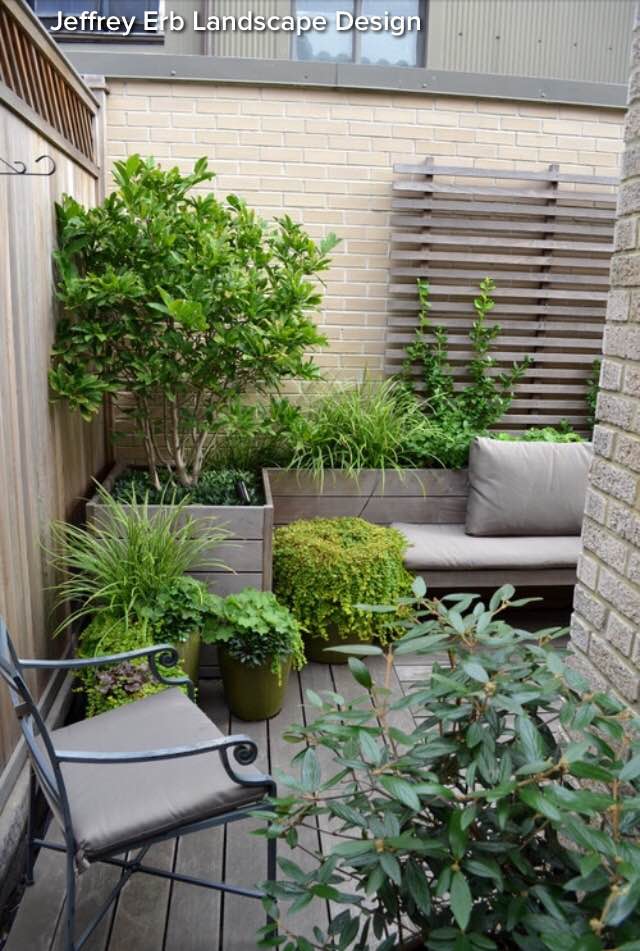Embracing the Beauty of Native Plants: Sustainable Landscaping in Austin, Texas
Nestled in the heart of Texas, Austin boasts a rich diversity of plants, making it the perfect canvas for embracing the beauty and benefits of native plants. Native plants are those that naturally occur in a specific region and have adapted to the local climate, soil, and wildlife. Incorporating these indigenous treasures into your landscape not only enhances the aesthetic appeal but also contributes to the environment in numerous ways. In this blog post, we will explore the importance of native plants in Austin, Texas, and discover how to use them in your landscape to foster a thriving and sustainable ecosystem.
With the recent freezes, many clients are wondering what can we plant that will not die. The answer is easy… Native plants! They can handle the weather better than anything the mass nursery industries produces. Want a real chance at having your plants survive through the harsh winters? Plant natives! Here is why…
Adaptation to Climate:
Austin's hot and often dry climate presents challenges for many non-native plants. Native plants, on the other hand, have evolved over time to withstand the local weather conditions, making them more resilient and low-maintenance. By using native species in your landscape, you can reduce water usage, as these plants are well-suited to survive on the natural rainfall.
Recommended native plants: Texas Sage (Leucophyllum spp.), Blackfoot Daisy (Melampodium leucanthum), Flame Acanthus (Anisacanthus quadrifidus), and Texas Red Yucca (Hesperaloe parviflora).
Biodiversity and Wildlife Habitat:
Native plants play a crucial role in supporting local biodiversity by providing essential habitats and food sources for native wildlife, including birds, butterflies, and pollinators. As you cultivate native species in your landscape, you create a haven for these creatures, contributing to the overall health of Austin's ecosystem.
Designing with wildlife in mind: Create diverse planting zones and incorporate different native plant species to attract a wide range of wildlife. Provide shelter through shrubs and trees, and include nectar-rich flowers to entice pollinators.
Soil Health and Erosion Control:
Native plants have deep root systems that help improve soil structure, preventing erosion and promoting water infiltration. This is especially crucial in regions like Austin, where heavy rains can lead to soil runoff and erosion.
Soil-friendly natives: Big Bluestem (Andropogon gerardii), Little Bluestem (Schizachyrium scoparium), and Lindheimer's Muhly (Muhlenbergia lindheimeri).
Water Conservation:
Water scarcity is a significant concern in Austin, making water conservation a top priority for responsible landscaping. Native plants have evolved to thrive on the region's natural precipitation, requiring minimal additional watering once established.
Xeriscaping with natives: Embrace xeriscaping principles by selecting drought-tolerant native plants and designing your landscape to maximize water efficiency.
Connecting with Local Heritage:
Incorporating native plants into your landscape is not only an ecological choice but also a celebration of Austin's unique identity and natural heritage. These plants have been an integral part of the local ecosystem for centuries, reflecting the spirit of Texas and its rich biodiversity.
Learning and sharing: Educate yourself and your community about the importance of native plants and the role they play in preserving local ecosystems. Participate in local gardening clubs or attend workshops to expand your knowledge.
As we strive to create a sustainable future for Austin, Texas, embracing the beauty and benefits of native plants in our landscapes is a powerful step in the right direction. From conserving water to supporting local wildlife, these indigenous treasures have a profound impact on the environment. By using native plants, you not only enhance the natural beauty of your surroundings but also contribute to the preservation of Austin's unique ecological heritage.
As you embark on your journey of landscaping with native plants, remember to consult with local nurseries, horticultural experts, and resources dedicated to promoting native plant conservation. Together, we can cultivate a landscape that honors Austin's natural heritage while fostering a healthier and more resilient environment for generations to come.
Want to learn more about natives? We could love to come time to you and teach you more about how to use them in your yard.


